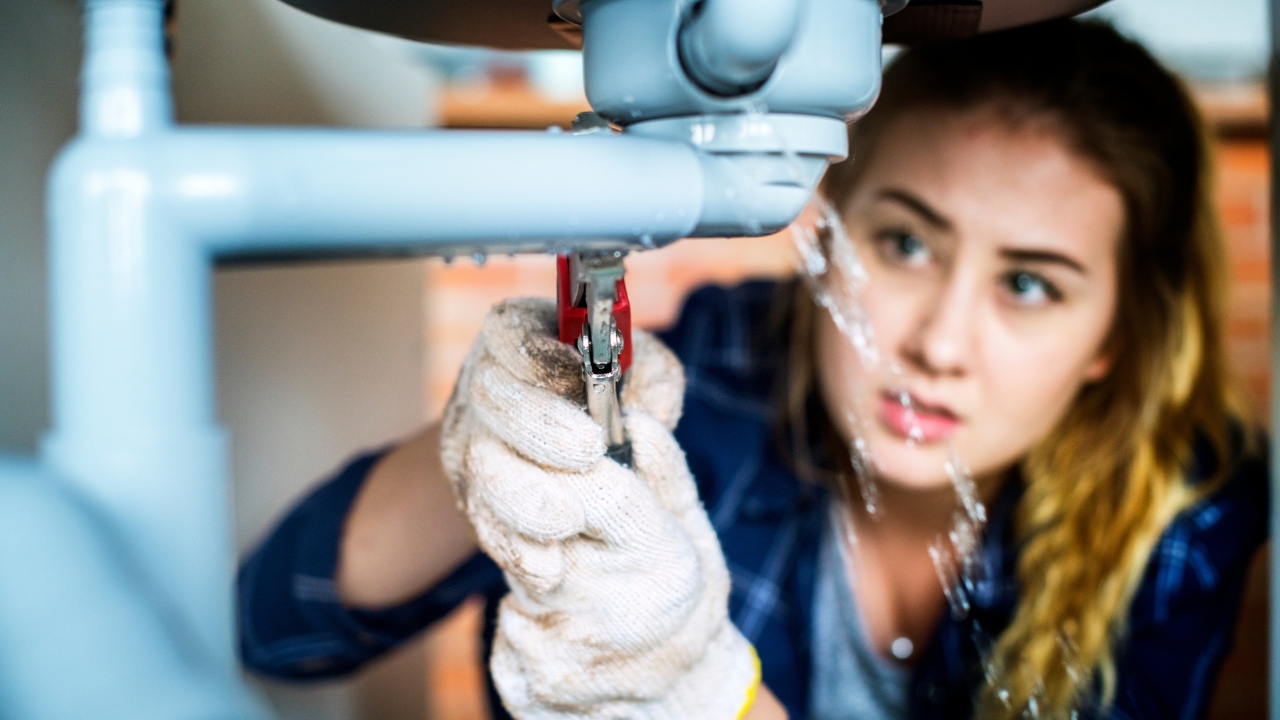10 Common Plumbing Fixes You Can Do Yourself
Plumbing problems always seem to show up at the worst possible time. Whether it’s a dripping faucet that keeps you up at night or a surprise cold shower first thing in the morning, they’re frustrating, inconvenient, and can feel overwhelming. The good news? Not every plumbing issue requires an expensive call to a pro. Some of the most common problems are surprisingly simple to fix with a little time and effort.
Having a basic understanding of your home’s plumbing can save you a lot of stress and money. With the right tools and a bit of patience, you can tackle many of these issues on your own and keep your home running smoothly. Let’s look at some common plumbing headaches you can handle yourself—and how to do it without breaking a sweat.
Fixing Faulty Faucets
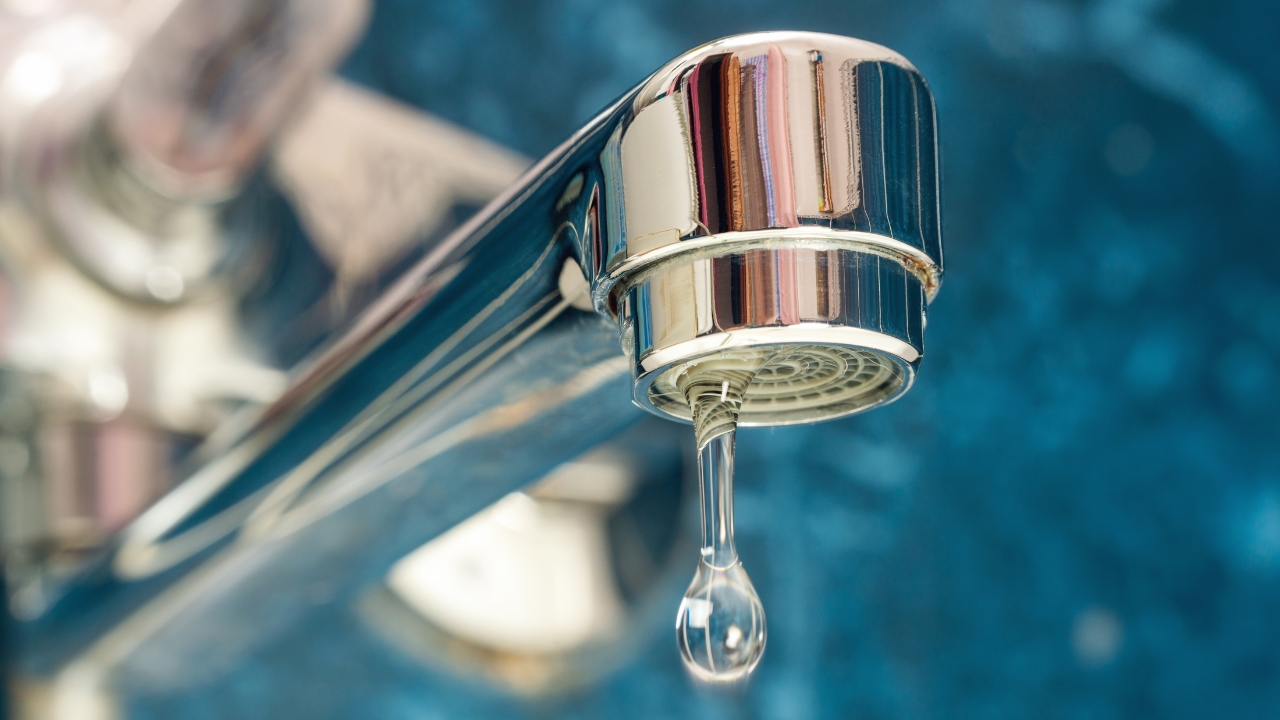
A dripping faucet isn’t just an annoyance—it’s also a water-wasting culprit. Even a small drip, one per second, can waste over 2,600 gallons of water a year. That’s not just bad for the environment—it’s a hit to your wallet, too. Fortunately, most faucet problems are easy to fix with a little know-how.
Start with the O-ring, a small rubber ring on the handle’s stem screw. Over time, it wears out from constant use, leading to leaks around the handle base. Replacing it is cheap and straightforward. If the issue isn’t the O-ring, check the aerator, the mesh at the faucet’s tip. Mineral buildup can clog it, reducing water pressure and stressing the seals. Remove it, clean out the deposits, or replace it entirely. Lastly, inspect the valve seat and washer at the spout base. Corrosion or improper sizing can cause leaks here. A quick replacement can stop the drip and save you the headache.
Addressing Leaking Pipes

Leaking pipes are a homeowner’s worst enemy, especially in older houses with outdated plumbing. Modern PEX pipes are flexible and handle temperature changes well, but many homes still rely on copper pipes. While copper is durable, it doesn’t fare well in extreme conditions. Repeated expanding and contracting from temperature swings can cause cracks and leaks.
Corrosion is another major issue with copper pipes. Over time, minerals in the water eat away at the pipe walls, leading to weak spots. Regular inspections and maintenance are key to catching problems early. For winter prep, make sure to insulate exposed pipes, regardless of the material. Frozen pipes can burst, causing extensive water damage. Stay proactive, and you’ll avoid costly repairs later.
Fixing a Broken Water Line

Winter frost can be brutal on water lines, especially if there’s already a small crack. When temperatures drop, even a pinhole leak can lead to a pipe bursting completely. This kind of break isn’t just inconvenient—it can cause serious water damage to your home or foundation, resulting in costly repairs.
To prevent this, inspect your water line regularly, especially if it’s older. Look for visible cracks or areas prone to freezing. If you spot any damage, address it before the cold weather hits. Insulating exposed pipes and ensuring no leaks are present can save you thousands down the road. A little preventative care goes a long way toward avoiding a major headache.
Solving Weak Water Pressure Issues
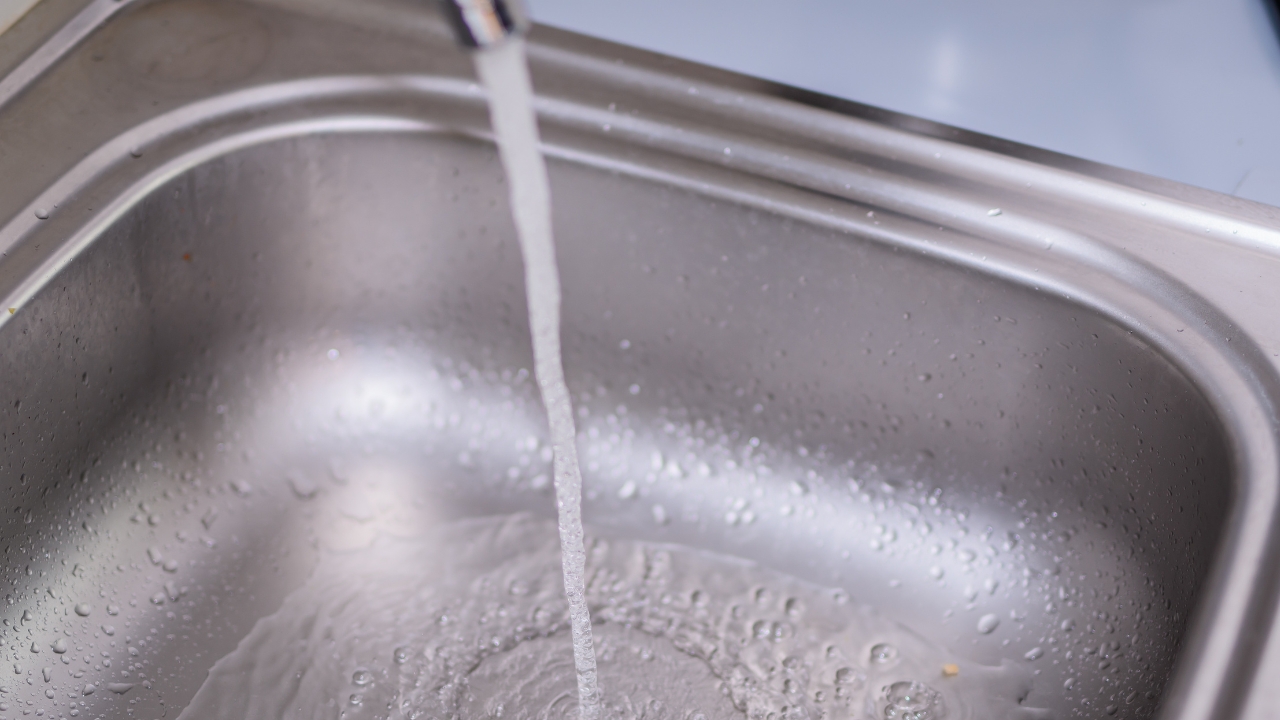
Weak water pressure is one of those problems that can make everyday tasks unnecessarily frustrating. Whether you’re trying to rinse shampoo out of your hair or scrub a dirty pan, low pressure makes everything take longer. Sometimes, the solution is as simple as cleaning or replacing a clogged showerhead or faucet.
If that doesn’t do the trick, the problem might be deeper. Low water pressure could point to a partially closed valve, buildup in your pipes, or even an unnoticed leak. Check for leaks or damage along your water line and make sure all valves are fully open. If everything seems fine and the pressure is still low, it might be time to call in a professional to investigate further.
Troubleshooting No Hot Water

When your water heater stops delivering hot water, it can disrupt your entire day. Most water heaters last 8 to 13 years, but neglect can shorten that lifespan. Regular maintenance is essential to keep things running smoothly.
If you’re dealing with no hot water, check for corrosion or sediment buildup. Anode rods inside the tank prevent rust but wear down over time. Sediment from hard water can also accumulate, clogging the tank and reducing efficiency. For serious sediment buildup, a professional flush might be necessary. Additionally, if your water heater is undersized for your household, it could be overworked and prone to failure. Pay attention to any strange sounds, rust-colored water, or delayed heating—these are signs your water heater might need repairs or replacement.
Handling Sewer Problems

Sewer backups are the ultimate plumbing nightmare. When the main sewer line gets clogged, it impacts every drain in your home. You’ll notice slow-draining sinks, toilets that don’t flush properly, and unpleasant odors wafting from the pipes. While it’s best to leave major sewer repairs to the pros, there are preventative steps you can take.
First, watch what goes down your drains. Avoid flushing non-degradable items like wipes or makeup pads, which can combine with other waste to create stubborn clogs. Food and grease are another big no-no. Grease may slide down as a liquid but solidifies later, causing blockages. If you have a garbage disposal, use it sparingly, scraping food scraps gradually rather than dumping large amounts. And if you live near large trees, be aware that roots can invade and damage sewer lines, which requires professional diagnosis and repair. Prevention goes a long way when it comes to keeping your sewer system in check.
Clearing Clogs and Partial Blockages

Dealing with clogged pipes is never fun, but it’s something every homeowner faces. Toilets are usually the easiest to tackle—a plunger often does the trick. For stubborn blockages, a drain snake can save the day without the need to call in a professional.
Sinks and other drains can be more challenging. While it’s tempting to grab a bottle of drain cleaner, it’s best to avoid these chemicals. They’re harsh on your pipes and often ineffective against solid clogs like hair, soap buildup, or small objects like toothpaste caps or toothpicks. Instead, check for a removable drain catch to access the clog. If that doesn’t work and the blockage is deep, it might be time to call in an expert.
Maintaining and Protecting Your Sump Pump
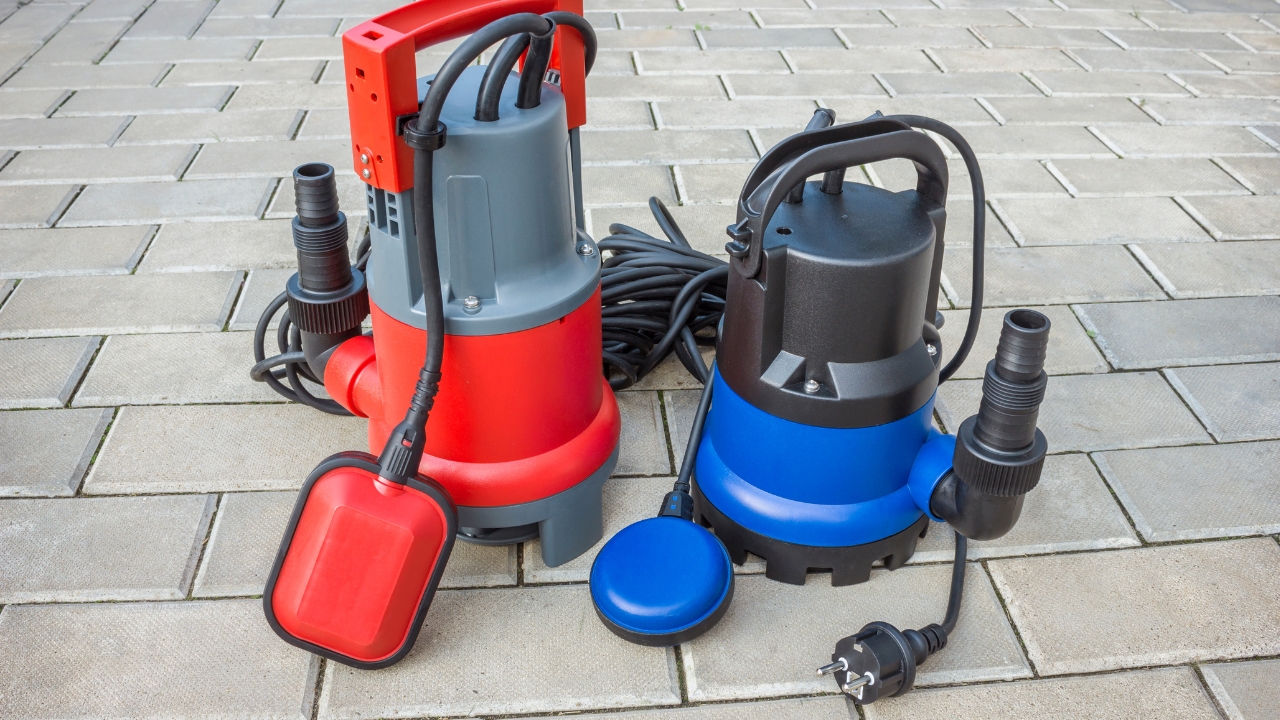
Sump pumps are the unsung heroes of your basement during heavy rain or melting snow. Unfortunately, they tend to fail at the worst times—usually when they’re overworked. Regular maintenance is key to keeping yours running smoothly. Check the installation, too; a poorly installed pump has to work harder and will wear out faster.
Power outages are another common sump pump killer, so having a backup plan like a battery-powered pump can save you from a flooded basement. If you’re looking for a long-term solution, rethink your drainage setup. Redirect gutters to move water away from your foundation and regrade the area around your home to encourage runoff. These steps might require some upfront work, but they’ll reduce the strain on your sump pump and save you from costly repairs down the line.
Fixing a Constantly Running Toilet

When a toilet runs non-stop, it’s not just annoying—it’s also wasting water and hiking up your water bill. Often, the issue lies in the tank, where the rubber flapper can lose its seal over time. This happens because the flapper gets warped or degraded, letting water leak from the tank to the bowl.
Sometimes it’s as simple as the chain attached to the flapper being tangled or too short, preventing the flapper from sealing properly. Luckily, replacing a flapper is one of the easiest DIY fixes out there. Most flappers cost under $10 and take minutes to swap out. If you’re unsure whether your toilet is leaking, try the food coloring test: put a few drops in the tank, and if the color shows up in the bowl without flushing, you’ve got a leak.
Replacing a Leaky Hose Bibb
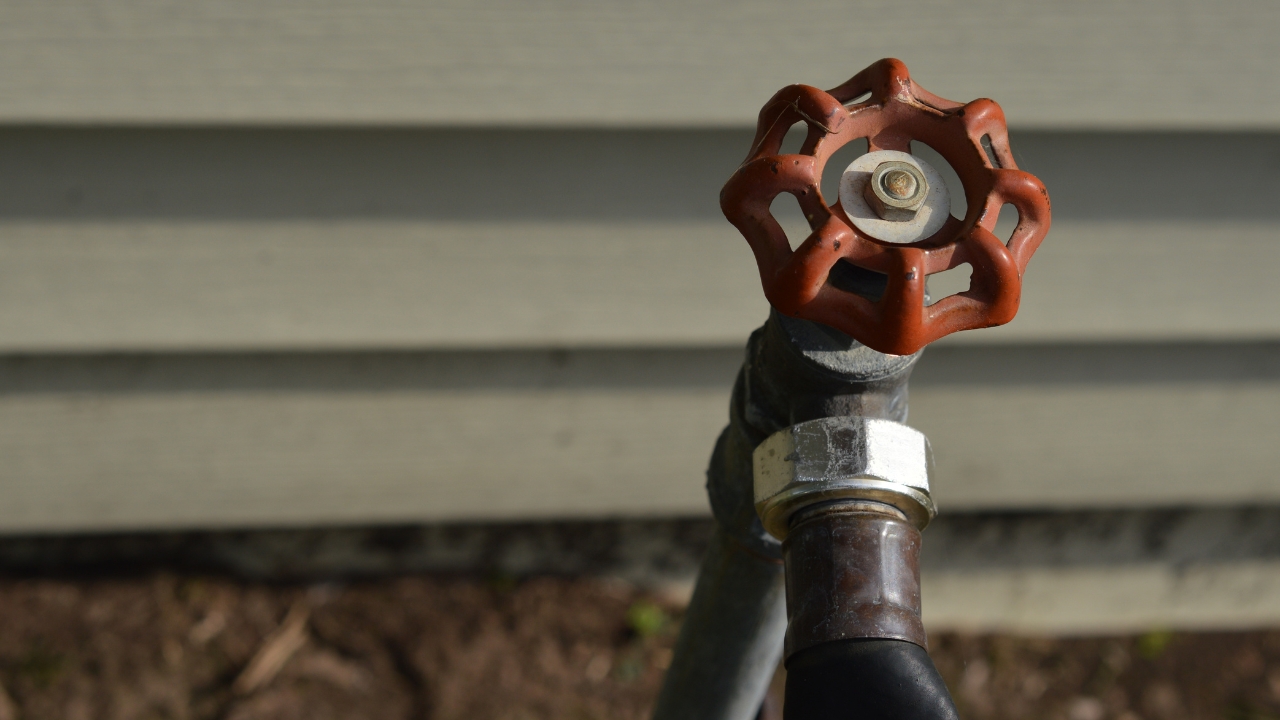
Hose bibbs take a beating, especially in areas with extreme weather. Freezing temperatures can cause cracks in the bibb, leading to leaks when you least expect them. A damaged hose bibb won’t just waste water—it can also cause a soggy mess around your home’s foundation.
Replacing a worn-out hose bibb isn’t as intimidating as it sounds. You’ll need a wrench, plumber’s tape, and a replacement bibb, which you can find for about $20. For a long-term solution, invest in a frost-proof bibb designed to handle winter temperatures. This upgrade saves you from having to make the same repair year after year and keeps your water where it belongs—inside the hose, not dripping away.
*This article was developed with AI-powered tools and has been carefully reviewed by our editors.

